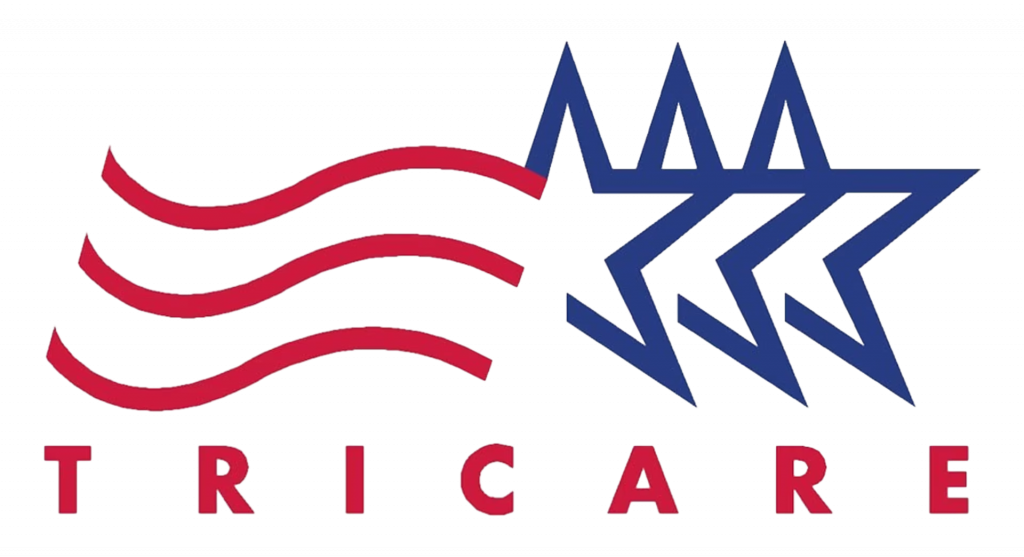TMS, or transcranial magnetic stimulation, is an alternative treatment for a variety of mental health conditions, but it is most commonly used to treat major depression and anxiety. This noninvasive therapy involves using a magnetic field to stimulate underactive neurons in specific parts of the brain. TMS therapy typically takes about 6 weeks and is over 70% effective for providing long-term relief from depression symptoms.
Yes, TMS is an FDA-approved and highly effective therapy for treatment-resistant depression. About 92.5% of patients experience significant symptom relief after full TMS treatment.
Yes, TMS is a highly effective alternative treatment for anxiety disorders. It is most effective for comorbid anxiety and depression and major anxiety disorders that are resistant to other forms of treatment.
Research shows that TMS therapy is an effective treatment for individuals with PTSD. It is a safe and noninvasive alternative to other medications and treatments and can offer relief from PTSD symptoms or make symptoms more manageable.
TMS therapy is now covered by almost all major insurance companies. Some companies have requirements for coverage, such as the patient having taken prior antidepressant medications in the past. Without insurance, TMS can cost around $250-400 per session, with a series of at least 36 sessions required for full treatment. However, most major TMS providers report that their average patient cost is around $30 per session.
Yes, TMS therapy is covered by almost all major insurance companies, depending on your insurance plan. Most companies also have requirements for coverage, such as previous antidepressant medications or treatments.
During TMS treatment, you can sit comfortably and perform passive activities like reading a book, watching TV, or listening to music. Most patients report that TMS treatment feels like a tapping on the skull. Some patients experience a tingling or scalp sensitivity at the stimulation site during treatment, which can be mitigated by placing the device at a different angle.
TMS, or transcranial magnetic stimulation, is a safe, noninvasive therapy for depression and anxiety, as well as other mood disorders and neurological conditions. The risk of seizures during TMS is the same as any other antidepressant medication, and the most common side effect is mild headaches that subside after the first week or so, or no side effects at all.
Bespoke Treatment has 2 office locations, in Los Angeles and Santa Monica. TMS therapy is typically conducted in a doctor’s office or at a TMS clinic. The treatment usually requires six weeks of repeated sessions five times a week.
No. TMS therapy does not damage your brain; it is a safe, noninvasive treatment. Most patients report no side effects or mild side effects such as a light headache that subside shortly after the session.
No; there is no evidence that TMS therapy worsens depression. Clinical trials have shown TMS to have a success rate of about 70-80% for providing significant symptom relief.
TMS therapy does not alter your personality. Patients may notice changes or improvements in their brain function, which is often a result of experiencing relief from depression symptoms.
Just as with other types of depression treatment, a small percentage of patients experience a temporary ‘dip’ or worsening of depression or anxiety symptoms. In the few patients who experience it, this dip typically occurs three to four weeks into treatment as the brain is adjusting to new changes. It is important to continue treatment even if you experience a dip, because the symptoms will subside over time.
In clinical trials, TMS therapy has not shown to worsen anxiety or depression symptoms. The majority of patients experience symptom relief within four to six weeks with mild to no side effects.
TMS can actually be used to increase memory and strengthen parts of the brain responsible for memory storage. New research has suggested that TMS is even an appropriate treatment for early stage Alzheimer’s Disease and mild cognitive impairment.
The most commonly reported side effects of TMS therapy include mild headache, scalp discomfort during stimulation, and lightheadedness, all of which are typically resolved shortly after the treatment session or within the first week. Many patients report no side effects at all.
TMS means transcranial magnetic stimulation, which involves creating a magnetic field outside the skull to stimulate neural activity in some regions of the brain. ECT, or electroconvulsive therapy, involves sending electric currents directly into the brain to activate neurons and induce seizures. ECT was once thought to be generally more effective, but recent research has shown that the two treatments are equally effective after about six months. ECT has higher risks, requires sedation by anesthesia, and often has more severe side effects such as acute confusion and memory loss. ECT is typically only administered for severe cases of depression that show no improvement from other forms of treatment, while TMS can be effectively administered for severe, moderate, and even mild depression.









